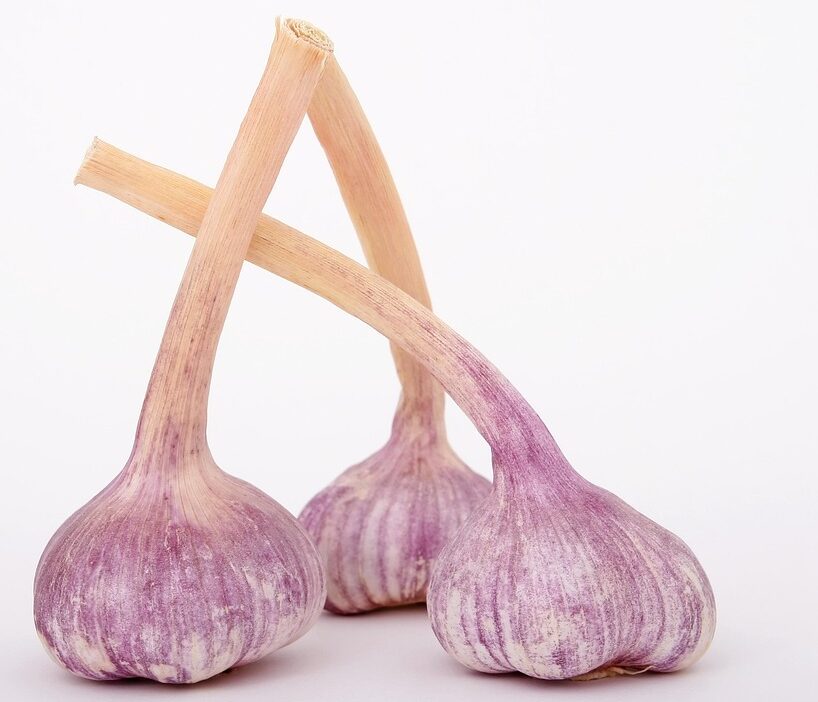In the culinary world, the phrase "You eat with your eyes first" rings particularly true. The presentation of a dish can elevate a meal from a simple feeding experience to an artistic expression. The art of plating transforms culinary creations into visual masterpieces, enhancing not only the aesthetics of a dish but also its overall dining experience. In this article, we explore the essential techniques, principles, and trends that define the art of plating.
The Importance of Plating
Plating is more than just arranging food on a plate; it’s about telling a story. A beautifully plated dish can evoke emotions, highlight ingredients, and even evoke curiosity. The way food is presented can influence perceptions of taste, texture, and quality, making it a key aspect of fine dining and home cooking alike.
1. Enhancing Flavor Perception
Studies have shown that our sense of sight directly influences flavor perception. A well-plated dish can make flavors appear more vivid and intricate, enhancing the overall dining experience. Colors, shapes, and textures can work together to anticipate the taste, making diners eager to indulge.
2. Creating a Memorable Experience
In an age where social media plays a significant role in dining culture, the visual appeal of a dish can create lasting impressions. Pictures of beautifully plated meals often make their rounds on platforms like Instagram, driving foot traffic to restaurants and encouraging home cooks to experiment with their presentations.
Core Principles of Plating
To master the art of plating, chefs often follow a set of core principles:
1. Balance and Symmetry
Balancing ingredients and flavors is essential for visual appeal. A well-plated dish should feel harmonious and thoughtfully constructed. Symmetry can create a sense of order, while asymmetry can evoke a sense of excitement and modernity. The key is to strike a balance that complements the dish rather than overwhelms it.
2. Color Harmony
Color plays a crucial role in the attractiveness of a plate. A vibrant palette not only makes the dish inviting but also indicates freshness and variety. Chefs often use contrasting colors to highlight certain elements, drawing attention to the focal points of the dish. For instance, a bright green herb garnish can pop against a rich, earthy stew.
3. Texture Variation
Incorporating various textures can enhance a dish’s complexity and intrigue. A combination of crunchy, creamy, and tender elements makes each bite interesting. Visual contrast between smooth sauces and textured garnishes can create a dynamic presentation that tempts diners to explore every facet.
4. Plate Selection
The type of plate used can significantly influence presentation. White plates often serve as a neutral canvas that allows the food to stand out, while dark plates can create a dramatic backdrop. The size and shape of the plate should complement the dish; larger plates may allow for more creative space, while smaller ones can create a sense of intimacy.
Innovative Techniques in Plating
Chefs continuously push the boundaries of plating techniques, often blending art with science to create stunning visuals:
1. Deconstruction
Deconstructing dishes involves separating components and presenting them in a new light. This technique invites diners to appreciate familiar flavors as innovative assemblies, breaking conventions while retaining the essence of the original dish.
2. Layering and Stacking
Using height can create dynamic presentations that draw the eye upward and add drama. Layering components not only makes use of space but also showcases the dish’s diverse textures and tastes, providing a feast for the senses.
3. Sauce Splatters and Drizzles
Instead of simply pooling sauces beneath ingredients, artistic drizzles or splatters can create a playful aspect on the plate. This technique adds spontaneity and draws attention to different flavor components on the plate.
Contemporary Trends in Plating
The world of food presentation is ever-evolving, and several contemporary trends have emerged:
1. Minimalism
Inspired by various global cuisines, minimalism emphasizes simplicity, focusing on a few high-quality ingredients presented with elegance. This approach allows each element to shine without being overshadowed by unnecessary garnishes.
2. Nature-Inspired
Emphasizing natural elements—such as edible flowers, herbs, and unique garnishes—draws attention to the beauty of nature. Many chefs are adopting a farm-to-table ethos, making their plates resemble the landscape from which the ingredients originated.
3. Playfulness and Whimsy
More chefs are embracing fun, whimsical presentations that invite diners to engage with their meals. This trend encourages creativity and personalization, appealing to a sense of nostalgia or the joy of childhood.
Conclusion
The art of plating is an essential aspect of the culinary landscape, transforming dishes into visual masterpieces that engage all the senses. By understanding the principles of balance, color harmony, texture variation, and innovative techniques, chefs can elevate their culinary creations and create memorable dining experiences. As food continues to be an art form, the possibilities for creativity and expression on the plate are boundless. Whether in a fine dining restaurant or home kitchen, the art of plating invites us all to appreciate food not just as sustenance, but as a beautiful sensory experience.



